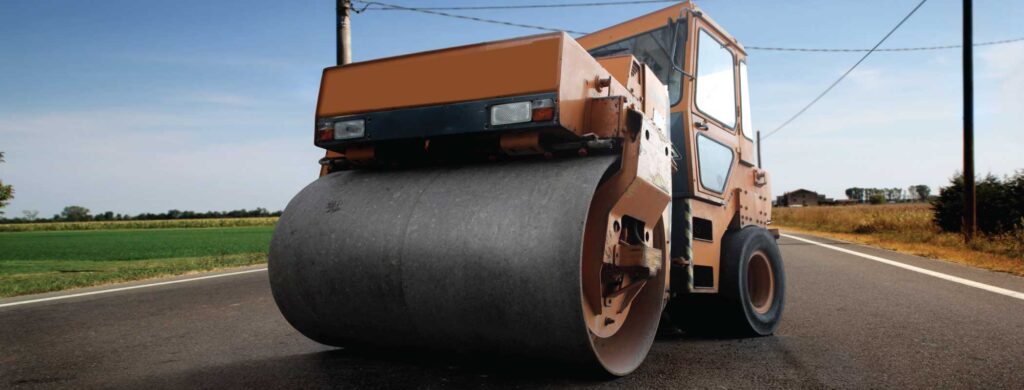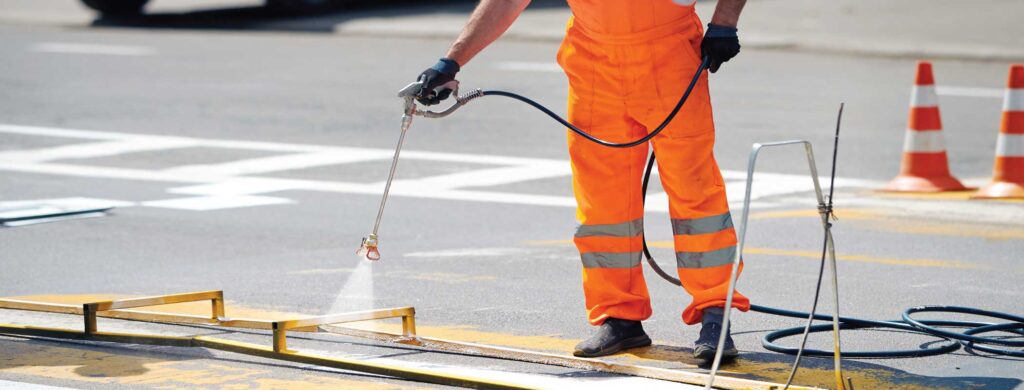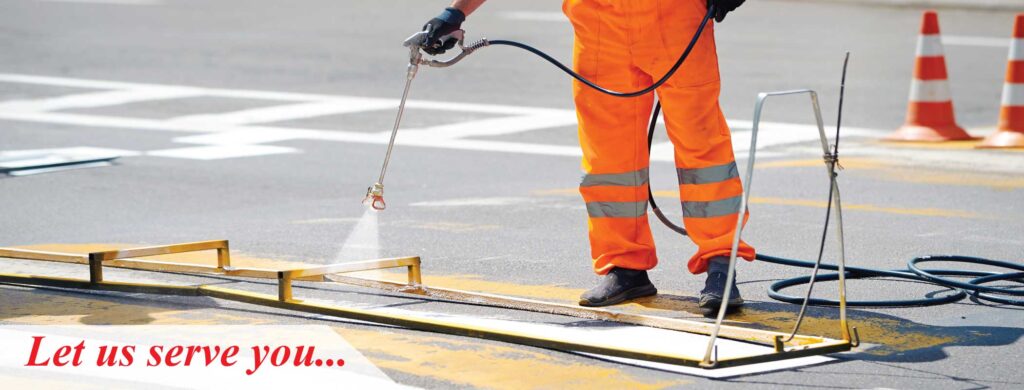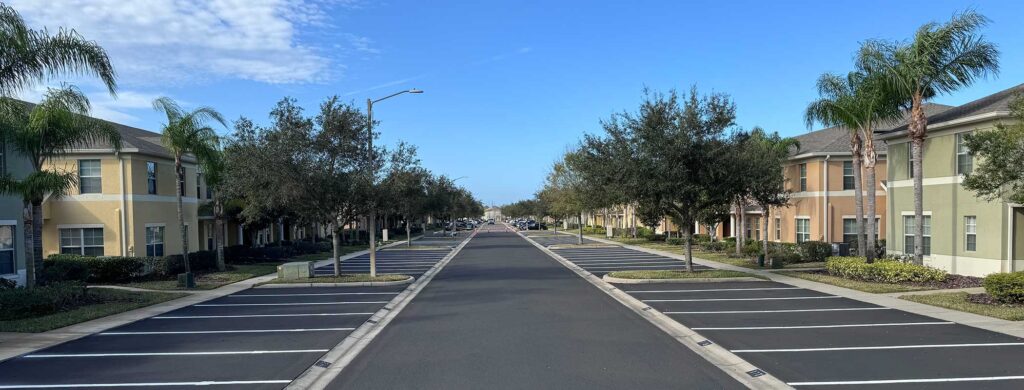In the ever-evolving landscape of urban development, paving solutions play a crucial role in shaping the cities of tomorrow. As urban populations grow and environmental concerns become more pressing, innovative paving solutions emerge as key drivers of sustainable, efficient, and aesthetically pleasing urban spaces. In this blog post, we’ll explore the future of urban development and the role that innovative paving solutions play in transforming cities into vibrant, resilient hubs of activity.
1. Embracing Sustainable Materials for Paving:
In today’s rapidly urbanizing world, sustainability has become a paramount consideration in urban development projects, and paving solutions are no exception. Embracing sustainable materials in urban paving plays a pivotal role in creating cities that are not only environmentally responsible but also resilient and adaptable to future challenges. Here’s why the shift toward sustainable paving materials is shaping the future of urban development:
Permeable Pavers: Managing Stormwater and Enhancing Drainage
Permeable pavers represent a sustainable alternative to traditional impervious surfaces, allowing rainwater to infiltrate through the pavement and into the ground below. This innovative approach helps mitigate stormwater runoff, reducing the strain on urban drainage systems and minimizing the risk of flooding in densely populated areas. By promoting natural drainage processes, permeable pavers contribute to the preservation of water resources and the protection of aquatic ecosystems, making them an invaluable asset in sustainable urban development.
Recycled Asphalt: Minimizing Environmental Impact and Conserving Resources
Recycled asphalt minimizes the need for virgin materials and reduces waste sent to landfills, offering cities a cost-effective and environmentally friendly paving solution. By repurposing reclaimed asphalt pavement (RAP) in new paving projects, cities can significantly reduce the environmental impact of road construction and maintenance activities while conserving valuable natural resources. Recycled asphalt not only reduces carbon emissions associated with asphalt production but also helps extend the lifespan of existing roadways, promoting sustainability and cost-efficiency in urban infrastructure management.
Reclaimed Stones: Adding Character and Reducing Carbon Footprint
Reclaimed stones, sourced from demolished structures or salvaged from construction sites, offer cities a sustainable and aesthetically pleasing paving option that adds character and history to urban landscapes. Cities can reduce the demand for new quarrying and mining activities, minimizing habitat destruction and carbon emissions associated with material extraction and transportation by repurposing materials that would otherwise be discarded. Reclaimed stones add a sense of authenticity and heritage to urban streetscapes, enriching cities’ cultural fabric and preserving the stories of the past for future generations to appreciate.
Mitigating Heat Island Effects and Enhancing Urban Resilience
Sustainable paving solutions not only mitigate the adverse effects of stormwater runoff but also help reduce heat island effects in urban areas. By using materials with higher albedo values and thermal properties, such as permeable pavers and light-colored asphalt, cities can minimize heat absorption and lower surface temperatures, creating cooler and more comfortable urban environments for residents and visitors. Sustainable paving solutions contribute to the overall resilience and adaptability of urban infrastructure, helping cities withstand the impacts of climate change and enhancing the quality of life for their inhabitants.
In summary, embracing sustainable materials in urban paving is essential for creating cities that are environmentally responsible, resilient, and livable for generations to come. From permeable pavers and recycled asphalt to reclaimed stones, sustainable paving solutions offer cities a pathway toward a more sustainable and equitable future, where urban development harmonizes with nature and promotes the well-being of communities and ecosystems alike. By prioritizing sustainability in paving projects, cities can pave the way toward a brighter and more sustainable urban future.

2. Smart Paving Technologies:
Smart paving technologies represent a revolutionary approach to urban infrastructure that leverages advancements in technology to enhance the efficiency, safety, and sustainability of paving projects. Here’s a closer look at how smart paving technologies are transforming the urban landscape:
Sensor-Equipped Pavements: Monitoring Traffic Flow and Infrastructure Health
Sensor-equipped pavements incorporate embedded sensors and monitoring devices that collect real-time data on traffic flow, pedestrian activity, and infrastructure conditions. These sensors can detect changes in traffic patterns, identify congestion hotspots, and provide valuable insights into the performance and health of paved surfaces. By analyzing the data collected from sensor-equipped pavements, cities can optimize traffic management strategies, improve transportation infrastructure, and enhance the overall mobility experience for residents and visitors.
Solar-Powered Pavers: Generating Renewable Energy and Enhancing Sustainability
Solar-powered pavers harness the energy of the sun to generate electricity, providing a renewable and sustainable source of power for urban infrastructure. Photovoltaic cells in these innovative pavers convert sunlight into electricity, which can power streetlights, traffic signals, and other infrastructure elements. By tapping into solar energy, cities can reduce their reliance on fossil fuels, lower carbon emissions, and promote environmental sustainability while enhancing the functionality and efficiency of urban infrastructure.
Data-Driven Maintenance Practices: Optimizing Asset Management and Repair Strategies
Smart paving technologies enable cities to adopt data-driven approaches to pavement maintenance and repair. By continuously monitoring the condition of paved surfaces and analyzing performance metrics, cities can identify maintenance needs, prioritize repairs, and allocate resources more effectively. Predictive analytics and machine learning algorithms can forecast pavement deterioration and anticipate maintenance requirements, allowing cities to proactively address issues before they escalate. By optimizing maintenance practices, cities can extend the lifespan of paved surfaces, reduce lifecycle costs, and minimize disruptions to transportation networks.
Enhanced Safety and Accessibility Features: Improving Urban Mobility and Inclusivity
Smart paving technologies incorporate features designed to enhance safety, accessibility, and inclusivity for all users. Textured surfaces, tactile indicators, and color-contrasting markings help guide pedestrians and cyclists, alerting them to potential hazards and providing orientation cues in urban environments. Smart crosswalks, equipped with sensors and signaling devices, improve pedestrian safety by detecting approaching traffic and facilitating safer crossings. By incorporating these safety and accessibility features into paved surfaces, cities can create more walkable, bike-friendly, and inclusive urban environments that prioritize the needs of all users.
Paving the Way to Smarter Cities
In conclusion, smart paving technologies are revolutionizing the way cities approach urban infrastructure projects, offering a pathway to smarter, more efficient, and sustainable cities of the future. By harnessing the power of technology, cities can optimize traffic management, generate renewable energy, optimize maintenance practices, and enhance safety and accessibility for all users. Smart paving technologies represent a transformative force in urban development, paving the way to a more connected, resilient, and livable urban landscape for generations to come.
3. Green Infrastructure Integration:
The integration of green infrastructure into paving projects represents a transformative approach to urban design that prioritizes environmental sustainability and human well-being. Cities are reshaping urban landscapes by incorporating vegetation and natural elements into paved surfaces, resulting in healthier, more resilient communities. Here’s a closer look at how green infrastructure integration is revolutionizing urban environments:
Green Streets: Transforming Urban Corridors
Green streets reimagine traditional roadways as multi-functional corridors that prioritize residents’ health and well-being, as well as the environment. By incorporating features such as tree-lined medians, and vegetated swales. Porous pavement and green streets manage stormwater runoff, reduce heat island effects, and enhance pedestrian safety and comfort. These green corridors not only provide essential ecosystem services. It also creates inviting public spaces that promote community interaction and engagement.
Permeable Sidewalks: Managing Stormwater at the Source
Permeable sidewalks represent a sustainable alternative to conventional paved surfaces, allowing rainwater to infiltrate through the pavement and into the underlying soil. By reducing runoff and filtering pollutants, permeable sidewalks help alleviate pressure on urban drainage systems. It can improve water quality in nearby water bodies. In addition to stormwater management benefits, permeable sidewalks enhance pedestrian safety by reducing the risk of surface flooding. It’s slippery conditions, creating safer and more accessible walking environments for residents and visitors alike.
Bioswales: Enhancing Biodiversity and Habitat
Bioswales are vegetated channels designed to capture, and filter. It infiltrate stormwater runoff, while also providing habitat for native plants and wildlife. These linear green spaces help replenish groundwater supplies, reduce erosion, and enhance biodiversity in urban areas. By incorporating native vegetation and soil amendments, bioswales create resilient ecosystems that support pollinators, birds. Other wildlife, contributing to urban biodiversity conservation efforts and promoting ecological resilience in the face of climate change.
Benefits for Residents and Visitors Alike
The integration of green infrastructure into paving projects offers a host of benefits for residents and visitors alike. Green paving solutions enhance the visual appeal of urban environments, creating vibrant and inviting public spaces. It can also encourage outdoor recreation and leisure. By improving air quality, reducing urban heat island effects, and mitigating the impacts of stormwater runoff. Green infrastructure enhances the overall quality of life for urban residents. It will be fostering healthier and more livable cities for the next generations.
Creating Sustainable and Resilient Urban Environments
The integration of green infrastructure into paving projects represents a paradigm shift in urban design. It will prioritize environmental sustainability, human health, and community well-being. By incorporating vegetation and natural elements into paved surfaces, cities can manage stormwater, and improve air quality. It also enhances biodiversity and creates vibrant public spaces that enrich the urban experience. Green paving solutions offer a holistic approach to urban development that fosters resilience and sustainability. Equity, paving the way toward a greener and more livable future for cities around the world.
4.Community-Centric Design:
In urban development, community-centric design emphasizes the importance of placing people at the center of the planning and design process. Paving solutions play a critical role in shaping the physical environment of cities. When designed with community needs and preferences in mind, they can create vibrant, inclusive, and accessible public spaces. Here’s how community-centric design principles are transforming urban landscapes:
Pedestrian-Friendly Spaces: Putting People First
Pedestrian-friendly spaces prioritize pedestrian safety, comfort, and convenience, encouraging walking as a sustainable mode of transport and promoting active lifestyles. Cities are reimagining streetscapes by widening sidewalks, installing pedestrian crossings, and creating pedestrian plazas and promenades. By prioritizing pedestrian access and safety, cities create inviting environments that encourage social interaction. It can also support local businesses, and enhance the overall quality of life for residents and visitors.
Complete Streets: Designing for All Modes of Transportation
Designers create complete streets to safely and accessibly accommodate various modes of transportation. Like – walking, cycling, public transit, and motor vehicles. Cities are embracing complete street principles by incorporating features. Like Dedicated bike lanes, transit shelters, and pedestrian crossings into street design. Complete streets enhance mobility options for all residents, and reduce traffic congestion. It can improve air quality and improve public health outcomes by promoting transportation equity and connectivity.
Multi-Modal Transportation Networks: Connecting Communities
Multi-modal transportation networks integrate various modes of transportation. Including walking, cycling, public transit, and shared mobility services, to provide seamless. Efficient connectivity between neighborhoods, employment centers, and recreational destinations. Cities are investing in infrastructure projects such as bike-sharing programs, and bike lanes. Transit-oriented development to promote sustainable travel choices and reduce reliance on single-occupancy vehicles. By prioritizing multi-modal transportation networks, cities create inclusive and accessible urban environments. It can support economic growth, environmental sustainability, and social equity.
Engaging Communities in the Design Process
Community engagement is a cornerstone of community-centric design, ensuring that urban development projects reflect the needs. Preferences, and aspirations of residents and stakeholders. Cities are adopting participatory planning processes that involve community members in decision-making, design charrettes, and public consultations. By soliciting feedback, listening to concerns, and incorporating community input into project designs, cities build trust and foster social cohesion. Create public spaces that are responsive to the diverse needs and interests of the community.
Fostering Social Interaction and Economic Vitality
Community-centric design fosters social interaction and cultural exchange. Economic vitality by creating vibrant and inclusive public spaces where people can gather, connect, and engage with one another. Cities are revitalizing urban plazas, parks, and waterfronts to serve as focal points for community events, festivals, and markets. By investing in public amenities and programming, cities activate public spaces, and support local businesses. Strengthen social ties, resulting in dynamic urban environments that enrich the lives of residents and visitors alike.
In conclusion, community-centric design principles are reshaping urban landscapes by prioritizing the needs and preferences of local communities. By creating pedestrian-friendly spaces, embracing complete streets, promoting multi-modal transportation networks. Which can enhance the quality of life and promote social equity for all.
Shaping the Paving at Urban Landscape of Tomorrow
Embracing innovative paving solutions can help cities create resilient, adaptable. Vibrant urban environments enhance the quality of life, promote economic prosperity, and safeguard the planet for future generations. By embracing innovative paving solutions, cities can create resilient, adaptable. Vibrant urban environments enhance the quality of life, promote economic prosperity and safeguard the planet for future generations. From sustainable materials and smart technologies to green infrastructure integration. Community-centric design, the possibilities for transforming cities into thriving hubs of activity are limitless. As cities continue to evolve and grow, the role of paving solutions in urban development will only become more prominent. By staying at the forefront of innovation and embracing sustainable practices. Cities can pave the way toward a brighter, more resilient future for all.About the author:
Express Asphalt solutions, your premium asphalt business in Florida. With the focus on quick, affordable, and top-notch services. We specialize in asphalt paving and repair, sealcoating, as well as parking lot striping. Our skilled team ensures your parking areas are safe, organized and visually appealing. From commercial properties to residential communities, we cater to all your asphalt needs with precision and care. Enhance the functionality and appearance of your parking spaces with our quality solutions. Contact us now for a free quote and experience the different Express Asphalt Solutions can make!
See some of our Clients review here
"*" indicates required fields





